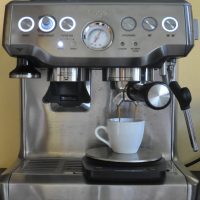 Soon after starting the Coffee Spot, my faithful Gaggia espresso machine gave up the ghost and I was on the market for the replacement. The Rancilio Silvia, by overwhelming consensus, was by far the best single-boiler home espresso machine for under £400, so four years ago, I became a proud Silvia owner.
Soon after starting the Coffee Spot, my faithful Gaggia espresso machine gave up the ghost and I was on the market for the replacement. The Rancilio Silvia, by overwhelming consensus, was by far the best single-boiler home espresso machine for under £400, so four years ago, I became a proud Silvia owner.
Fast-forward a year and Sage launched its dual boiler home espresso machine, instantly becoming a market-leader. However, it was well beyond my price-range (£1,200) and, well, I had my Silvia. A year later, Sage extended the range, introducing two single-boiler machines, the entry-level Duo-Temp Pro (£380), and the Barista Express (£600), with a built-in grinder.
Again, I was impressed. I only managed to play with them at various coffee festivals, but even I managed to pull decent shots on them. I also heard nothing but good things from friends who owned them, so I began recommending Sage if people asked about home espresso machines. Despite this, I didn’t actually own one, largely because Silvia still had plenty of life left in her and represented a significant investment. Then, shortly before Christmas, Sage asked if I’d like a Barista Express. Well, I wasn’t going to say no, was I?
You can see what I made of it after the gallery.
Just so we’re clear on this up-front, my Sage Barista Express was an unsolicited gift from Sage, with no strings attached. That is, I entered into no agreements with Sage (or anyone else) as a condition of receiving the Barista Express. What follows is my honest opinion of Barista Express after three months of ownership and fairly constant use (barring the month I was in America).
The Sage Barista Express is a single-boiler espresso machine with PID control. The initials stand for Proportional, Integral, Derivative, by the way. Informative? No, not really. What you actually need to know is that the PID controls the temperature of the water delivered by the espresso machine’s boiler. The PID is a fairly recent invention in espresso machine technology; the first one is generally considered to have been fitted to a Rancilio Silvia in 2001.
This is ironic since my Silvia doesn’t have one (PIDs aren’t standard on the Silvia) and this is one of the main differences between the Silvia and the Sage range (which are all PID controlled). Whereas I’ve found the temperature stability in the Barista Express to be excellent, with the Silvia, there’s a large temperature swing (I estimate it to be at least 20⁰C), which plays a significant role in making espresso, which we’ll come onto later.
My initial impressions of the Barista Express, once I’d hauled it out of the box, weren’t actually that positive. It has roughly the same dimensions as the Silvia, which is quite impressive when you consider that there’s a grinder in there as well as an espresso machine. However, that’s about the only thing I was initially impressed with. I was used to my Silvia, which is a solid chunk of metal with all metal parts. In contrast, the Barista Express uses a lot plastic, which gave it (metaphorically and literally) a lightweight feel. The Silvia immediately impressed as something that was built to last. The Barista Express? Well, lets say I wasn’t so impressed…
However, first impressions can be misleading. As I started to explore the Barista Express, I grew to like it. It’s well put together, with lots of clever features. For example, the drip tray slides in and out far easier than Silvia’s does, making emptying and cleaning much easier. There’s also an indicator which shows when it’s about to overflow as well as a handy storage compartment behind the drip tray which is easy to get to. The removable water reservoir, with its in-built filter, is also easier to use than the equivalent in the Silvia. Then there’s the tamper, which neatly fits into a slot next to the grinder, although I was disappointed to discover that the Duo-Temp Pro and Barista Express have 54mm portafilters, whereas the Silvia (and the Sage twin-boiler machines) uses a 58mm portafilter, which means I’ve had to retire my lovely wood-handled tamper.
That aside, I’ve grown to really like my Barista Express. It’s well-designed and well-constructed, a really lovely piece of kit. Of course, all of that is largely irrelevant compared to the main question: can it make decent espresso? You’ll find the answer to that question after the gallery.
Before I describe the Barista Express in action, it’s worth reminding you of what I’m comparing it to: my Rancilio Silvia. My general routine with the Silvia was as follows. To ensure that the machine was fully heated, I’d turn it on about 30 minutes before I wanted to make an espresso. Then, because the Silvia doesn’t have PID, I’d go through an elaborate ritual known as temperature surfing. This involves running the pump until the boiler light comes on, indicating that the boiler was heating the water. I’d then wait until the light went off. At this point, the water was too hot, so I’d run the pump again, which would send a cloud of steam out through the group head. As soon as this dissipated (usually five-ten seconds), I’d shut the pump off, attach the portafilter (I usually ground the coffee while waiting for the boiler light to go off) and then pull the shot.
At this point, I have a confession to make. I had largely stopped making espresso at home before the Barista Express came along. I found that I was pulling really inconsistent shots, frequently producing undrinkable espresso, with maybe one out of three or four shots being what I’d describe as acceptable. If I pulled a poor shot, I’d have to go through the whole temperature surfing rigmarole again before I could have another go at producing something decent. I should also point out, in Silvia’s defence, that some of my problems were down to the grinder, which wasn’t producing a consistent grind.
So it’s against this background that I started to experiment with my new Barista Express. I’ll be honest: the first few shots were pretty awful. But then I got the grind right and suddenly I was making decent espresso. Shot after shot. Not all of them were great, but all of them were drinkable and some have been awesome.
This experimentation took me a couple of days, making a few shots each day. In contrast, it was about a month before I got Silvia to the point where I was pulling consistent shots. I think we can all see where this is going…
My routine with the Barista Express is as follows. I turn it on. After about 40 seconds, it finishes its warm-up routine and is now ready to use. I run some water through the portafilter to warm it up, grind my coffee, tamp it, attach the portafilter to the group head and press the go button. And that’s about it. If I pull a terrible shot, I adjust the grind size using the thumb-wheel at the side, and repeat the process. It really is that simple.
Now, I’m probably not a typical home user. The Barista Express comes with a host of features designed to make your life easier which I, naturally, don’t use. For example, there’s a dial to set the dose from the grinder while you can programme the buttons on the right to dispense the correct amount of water for your shot. For most people that would be enough. Not me…
To start with, I weigh the precise dose of beans (usually 19 g, although I’ve since changed this to 17 g), then put them in the empty hopper. I’ve set the grinder to deliver about 16 g, at which point the portafilter is almost overflowing. I then flatten out the coffee and manually run the grinder until it’s empty. Then I tamp. So far, the grinder’s been a joy, producing a consistent, even grind (far better than my old grinder).
When it comes to pulling the shot, again I do it manually, using my Bonavita scales, which I also use to time the shot. I’m looking for an output of about 38 g with an extraction time of 25-30 seconds, although my shots often run quicker than that (for more on this, I’ve written a post about the recipe I currently use).
The Barista Express has a pressure gauge, by the way, which I find fascinating. I love watching the pressure quickly ramp up through the extraction and it can be a useful measure of whether you have ground too coarse (pressure is low) or too fine (pressure is high). On the other hand, since I weigh/time the shots, I notice these things anyway. However, if you use the automatic settings, it’s a useful indicator of things going right/wrong. Plus, over time, I’ve found that I rely on it more and more.
My verdict? The Barista Express (and its grinder) lets me pull consistent shots with the minimum of fuss. The ultimate test: it’s got me making espresso at home again. Can Sage have it back? Over my dead body!
However, there’s one more aspect of any home espresso machine: steaming milk. You can see how the Barista Express shapes up in that department after the gallery.
Again, I have to start with a comparison to the Silvia. Generally speaking, the Silvia was quite good at steaming milk. First, having pulled your shot, you switch the boiler over to steam. I never timed it, but it always felt like I was waiting around for the boiler to get up to temperature. You have quite a bit of control on the Silvia, turning a knob to determine how much steam the wand delivered. I certainly managed to steam some decent milk in my time, but again, it was very hit and miss.
Partly I think that was down to my poor technique: I’d often put far too much steam through the milk, or I wouldn’t put enough through. In the end, long before I gave up making espresso, I gave up making milky drinks. There was also a problem making multiple drinks. The Silvia took a long time to switch back from steam to espresso, so you really had to pull all your shots first, then steam the milk.
In contrast, the Barista Express gives you far less control. There’s a rotary switch on the side: turn it to the left and you put the Barista Express into steam mode. A light flashes and when it stops, the wand starts producing steam. At this point, turn the switch back to “off”, put the wand into the milk jug and turn the switch to steam again. Within seconds, it starts steaming your milk, although it does seem to take a long time (compared to the Silvia) to steam a 150ml jug of cold milk. However, with practice, I can produce a good, dense micro foam.
At first sight, this control system seems a lot clunkier than the Silvia, but I actually really like it. I’m not very good at steaming milk, not least because I don’t do it very often (maybe twice a week), so taking one variable (the amount of steam) out of the equation really helps. I find my steaming is much more consistent with the Barista Express and, as with espresso, it’s got me drinking flat whites at home again, which is the ultimate endorsement. I still can’t do latte art though!
So to the final question, would I recommend a Barista Express? Well, that depends. If you are starting from scratch and have £600 to spare, then get a Barista Express. It really is the best value machine out there and a cracking piece of kit.
If you are looking for a replacement machine and already have a (decent) grinder, then take a look at the Duo-Temp Pro. Although I can’t speak from direct experience, I believe it’s the same basic single-boiler machine as the Barista Express, so should produce the same consistency of espresso and milk. It lacks the bells and whistles of the Barista Express, so no automatic dosing, programmable shot lengths or pressure gauge. On the other hand, if you’re like me and do it all manually anyway, you’re not going to miss them. If I’d been looking for a straight replacement for the Silvia, I’d have gone for a Duo-Temp Pro.
If you are starting from scratch and can’t quite stretch to £600, you could always get a Duo-Temp Pro and a separate grinder, which you could probably do for around £500. Finally, if money is no object, the £1,200 Dual Boiler is worth a look or its even fancier stable-mate, the £1,700 Oracle.
If you’ve bought a Sage Barista Express (or any other home espresso machine for that matter) and are interested in learning more making espresso at home, here’s a write-up of a home barista course I took at the Department of Coffee in 2015.
If you want to learn more about making coffee at home in general, take a look at my Coffee at Home pages.
December 2017: Sage Barista Express was a runner-up for the 2017 Most Popular Coffee Spot Award.
April 2019: I had a chance to try out the new Sage Barista Pro at the London Coffee Festival.
December 2019: for a different look at the Sage Barista Express, try this review by the Coffee Blog.
February 2021: after four years of ownership, I’ve revisited the Sage Barista Express with a new post which includes the recipe I currently use.
If you liked this post, please let me know by clicking the “Like” button. If you have a WordPress account and you don’t mind everyone knowing that you liked this post, you can use the “Like this” button right at the bottom instead. [bawlu_buttons]
Don’t forget that you can share this post with your friends using buttons below.

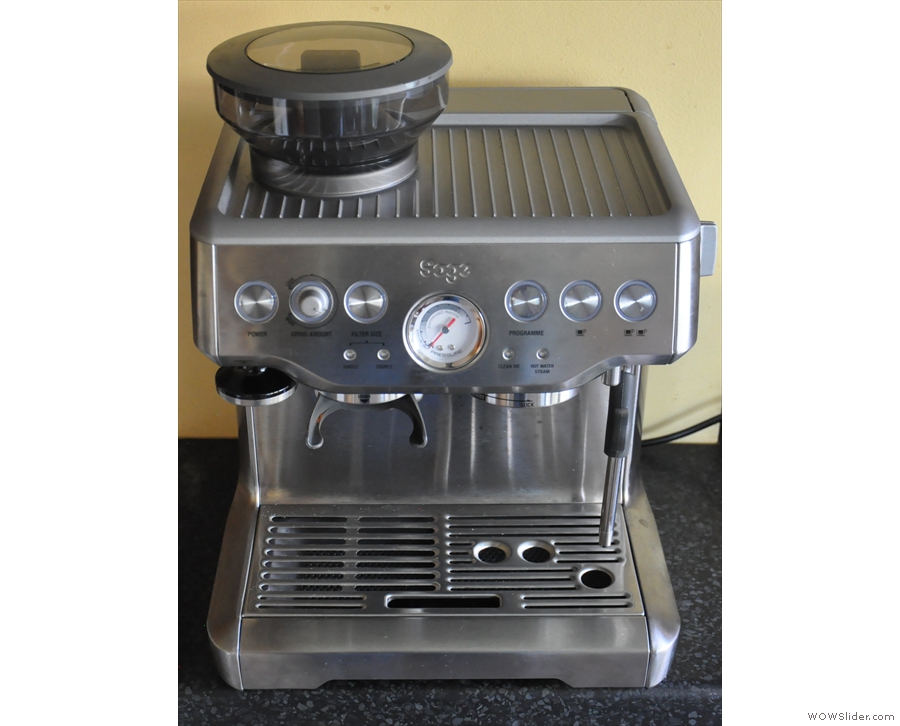
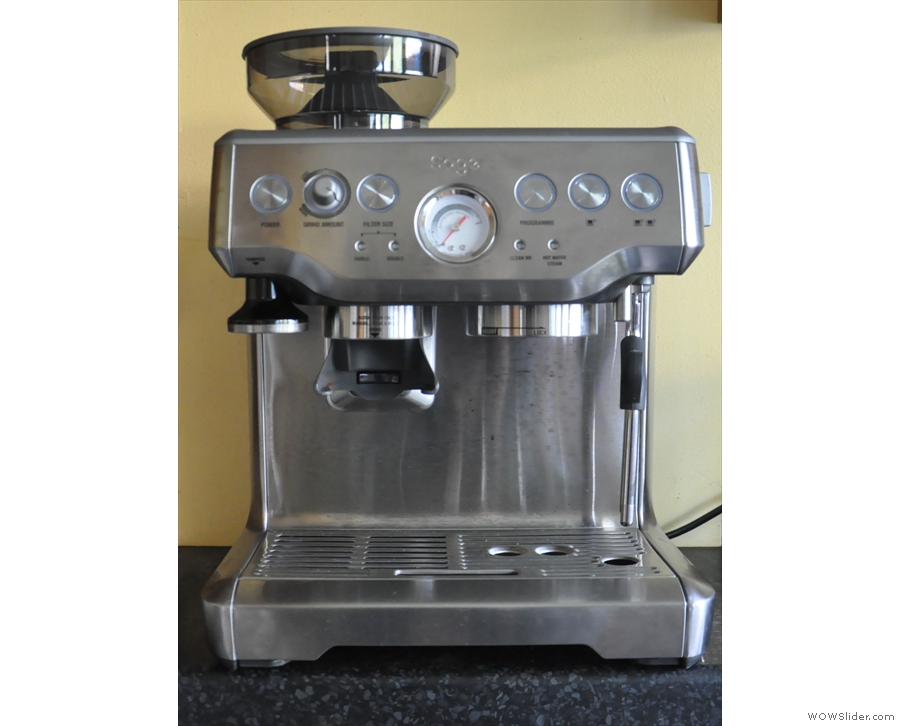

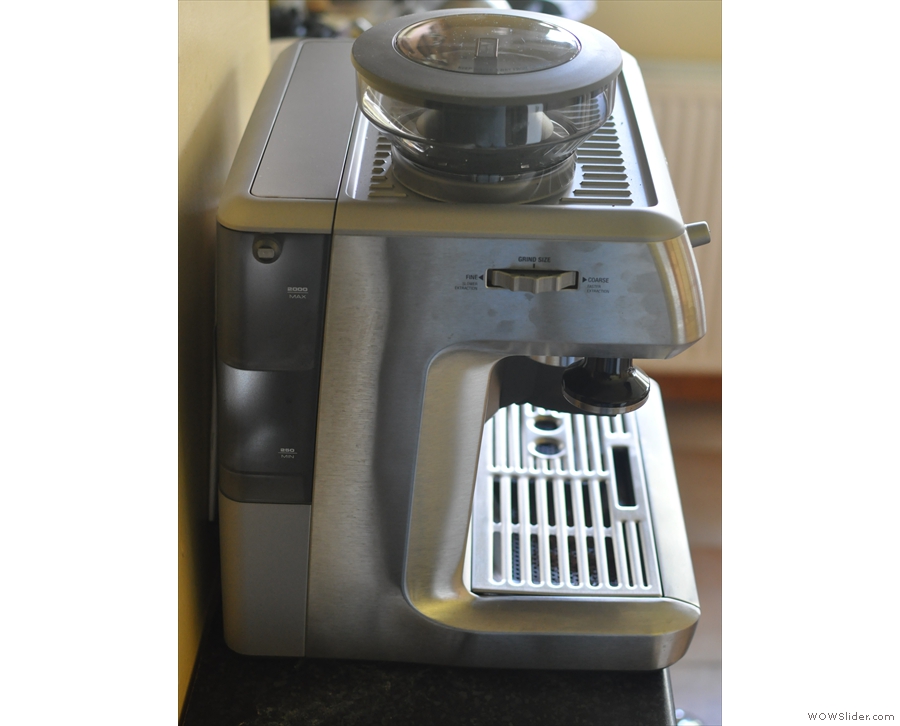
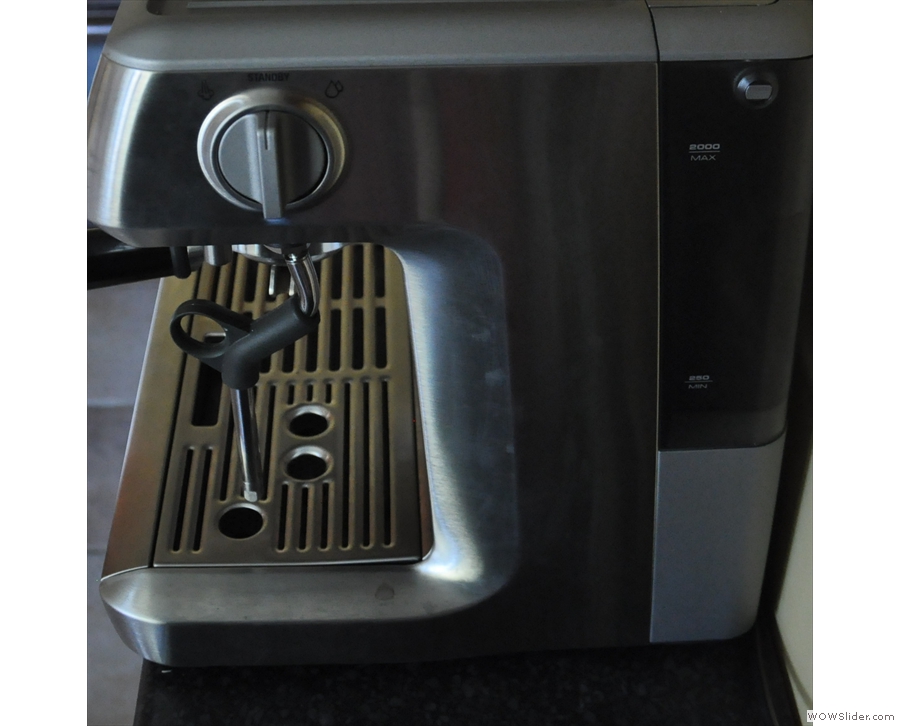

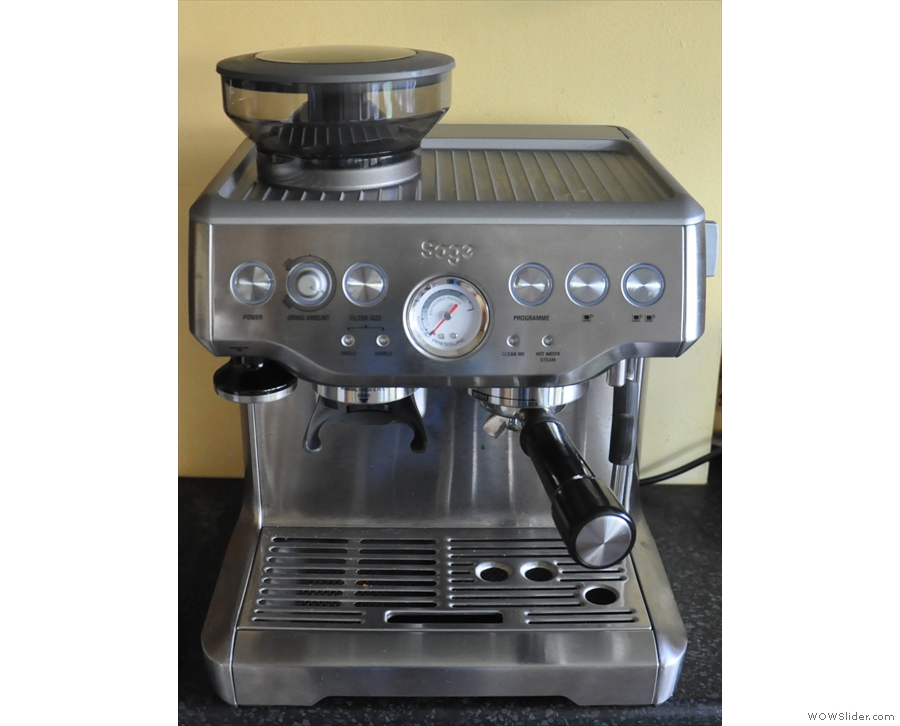
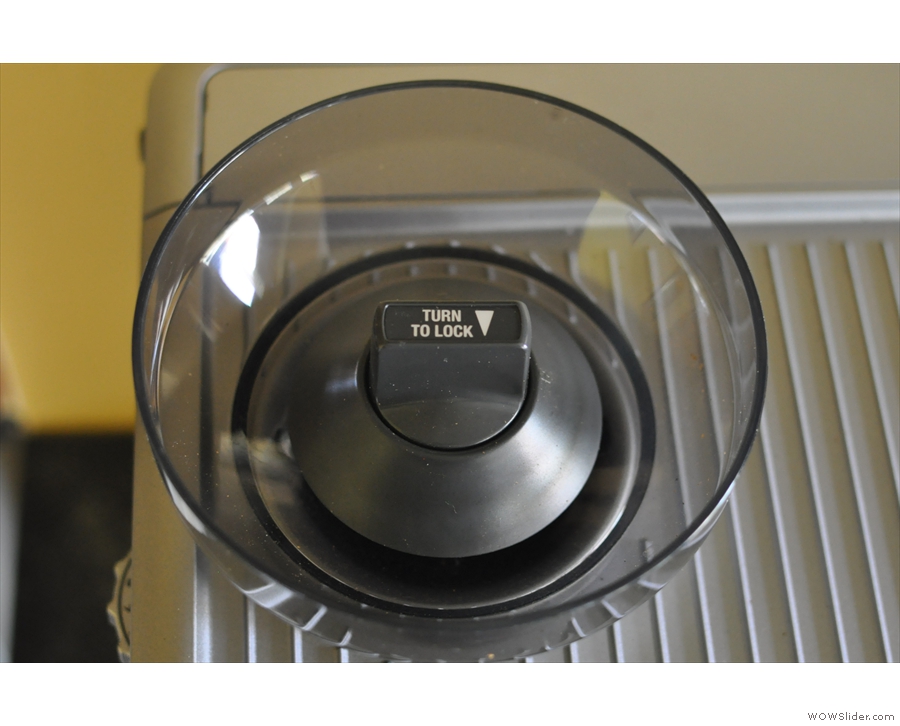


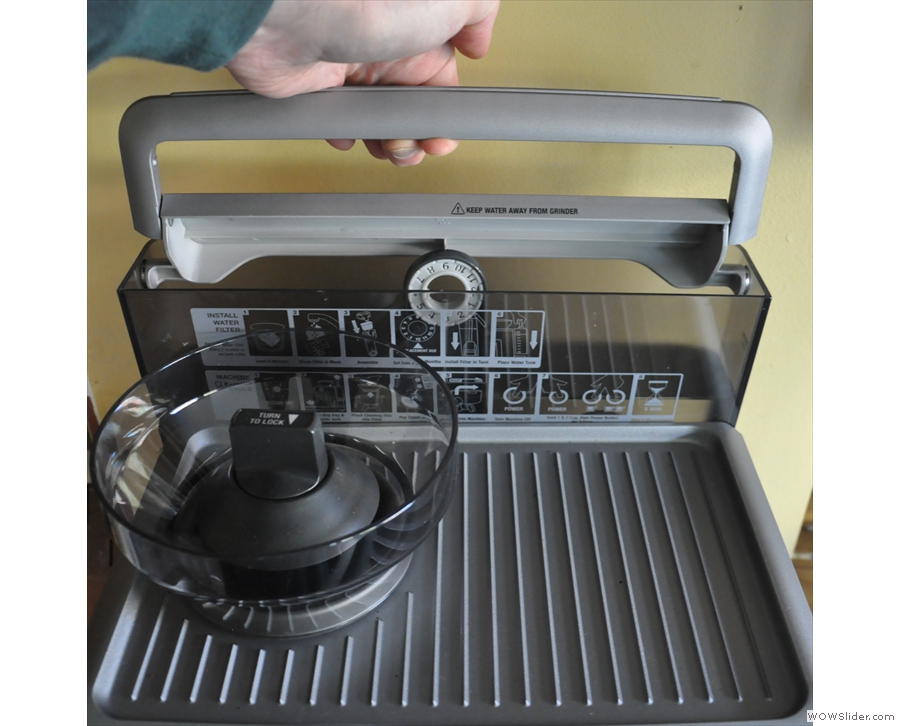
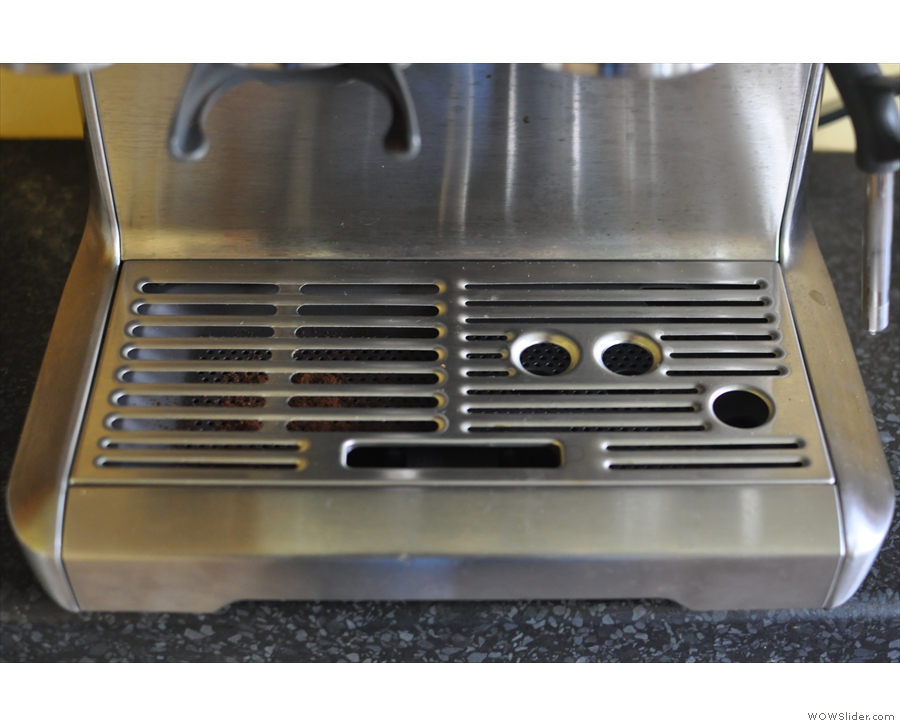

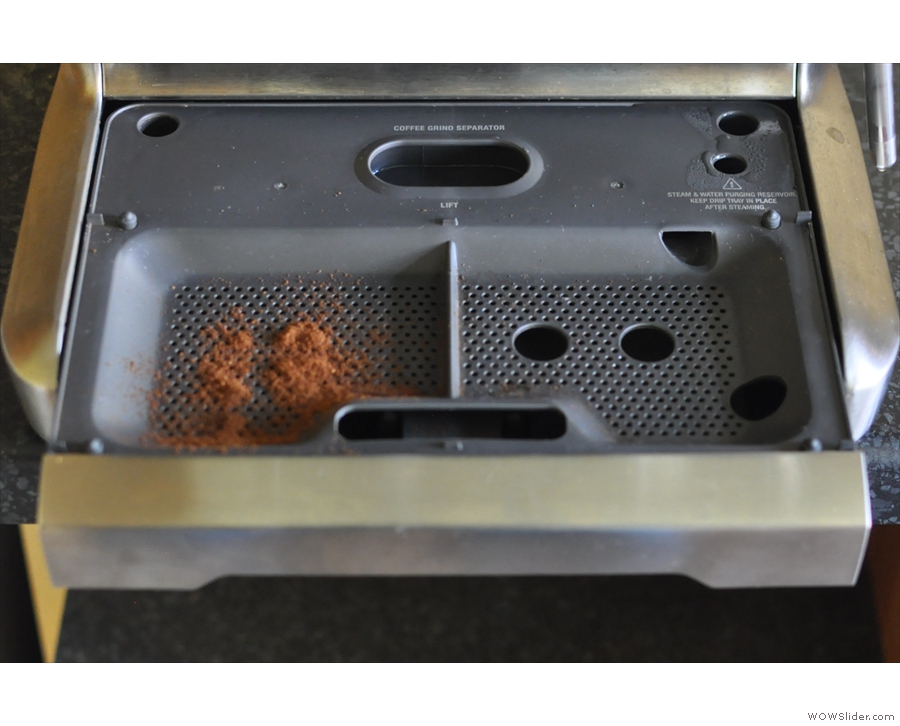




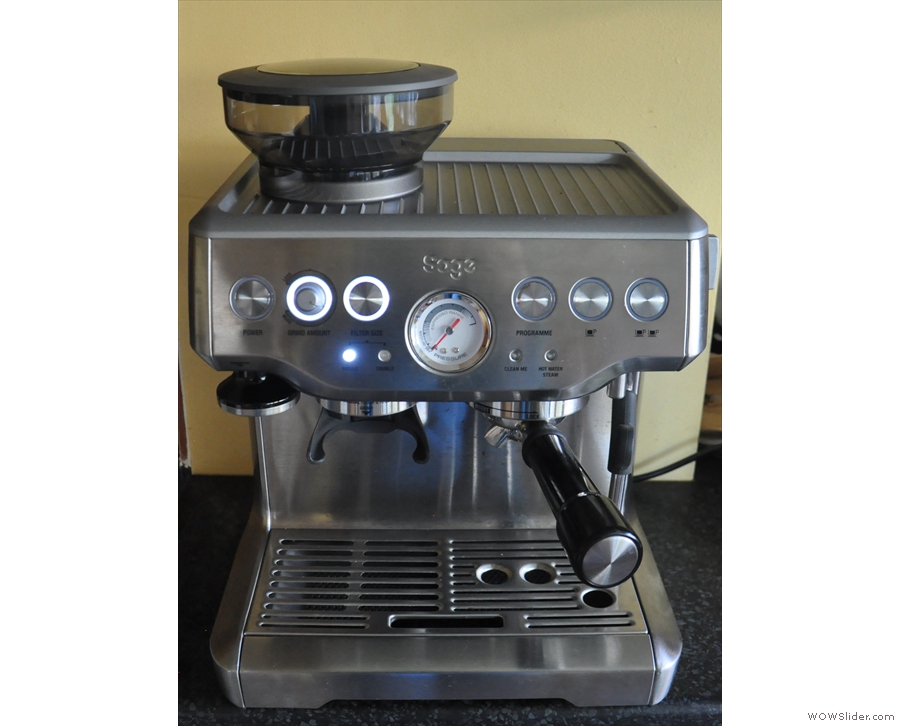
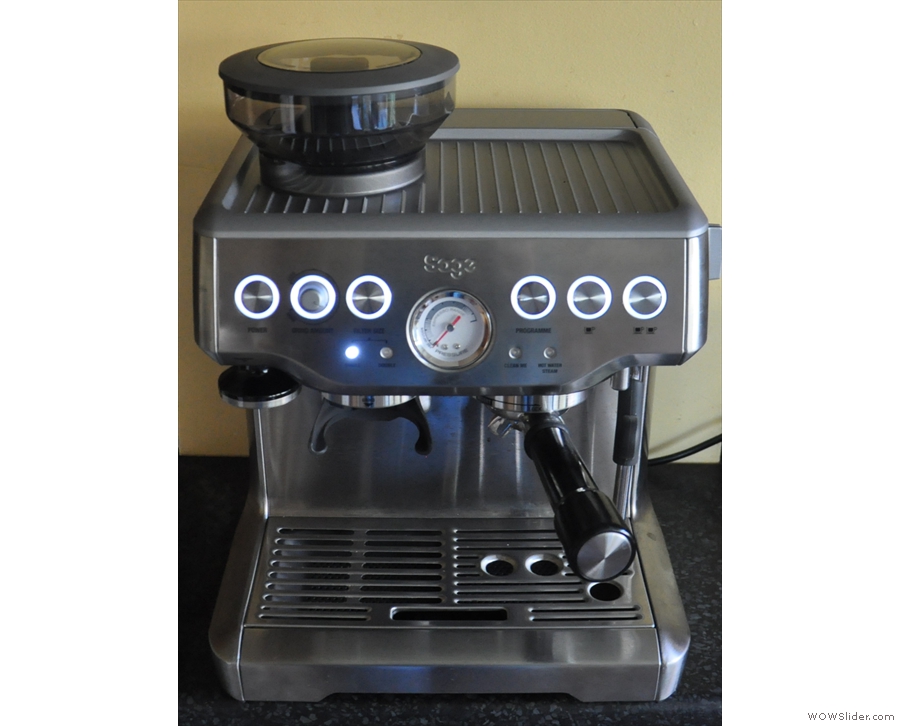
 1
1 2
2 3
3 4
4 5
5 6
6 7
7 8
8 9
9 10
10 11
11 12
12 13
13 14
14 15
15 16
16 17
17 18
18 19
19 20
20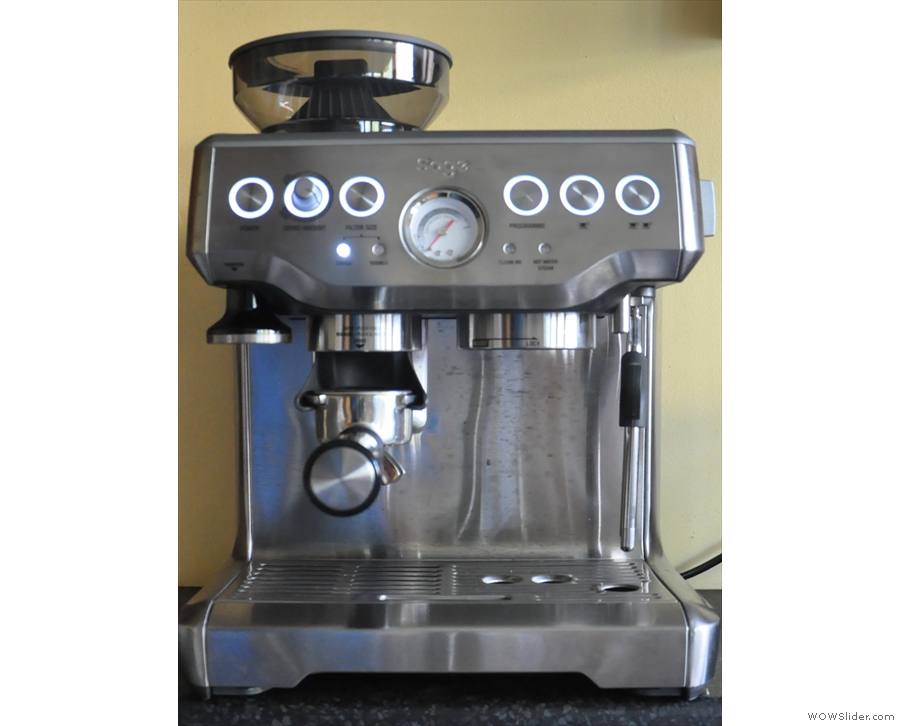

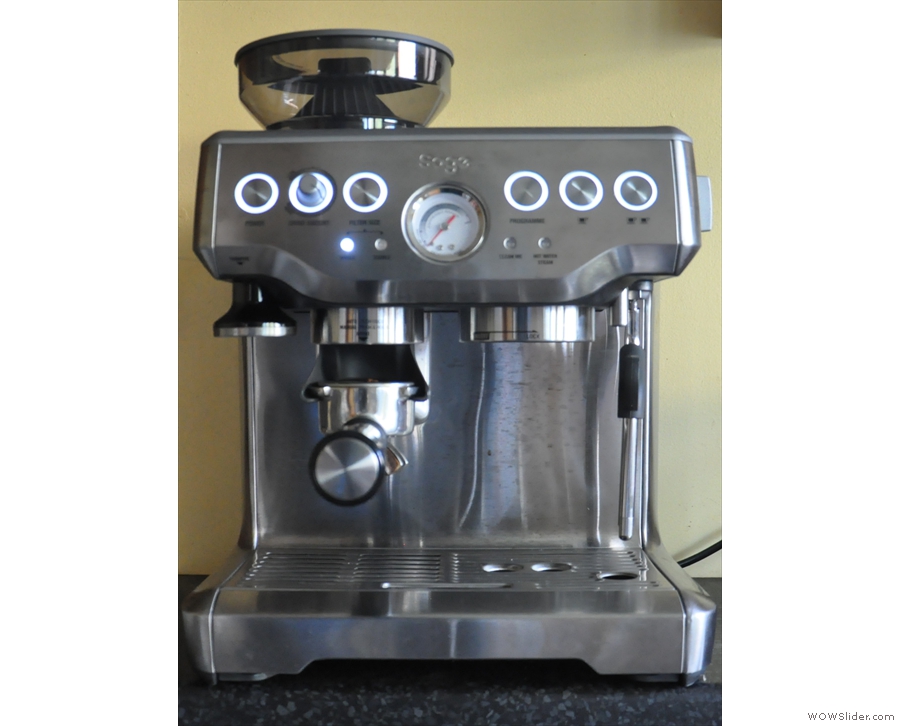
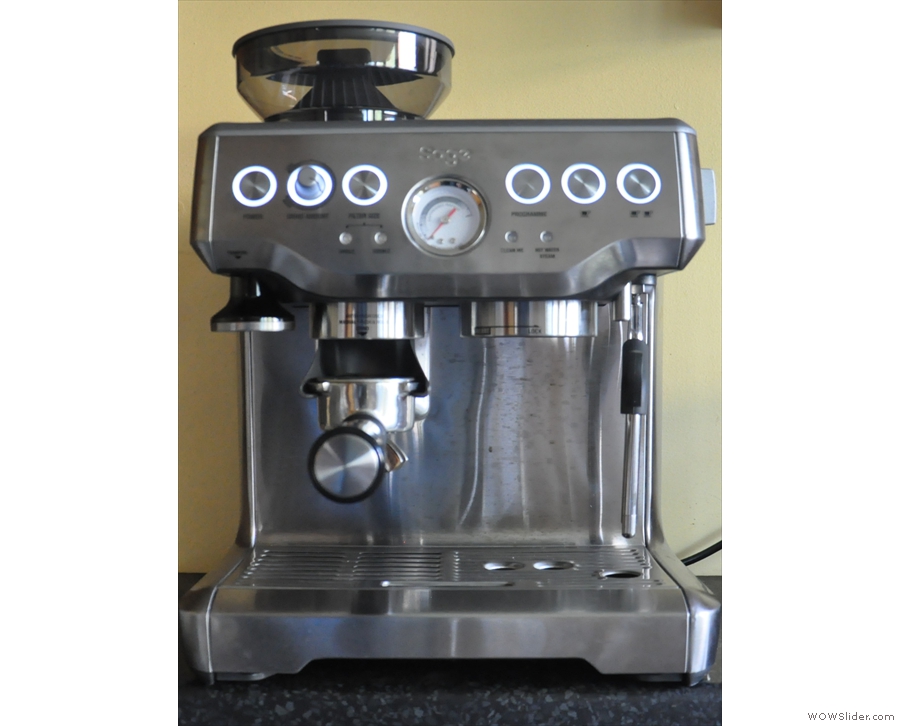
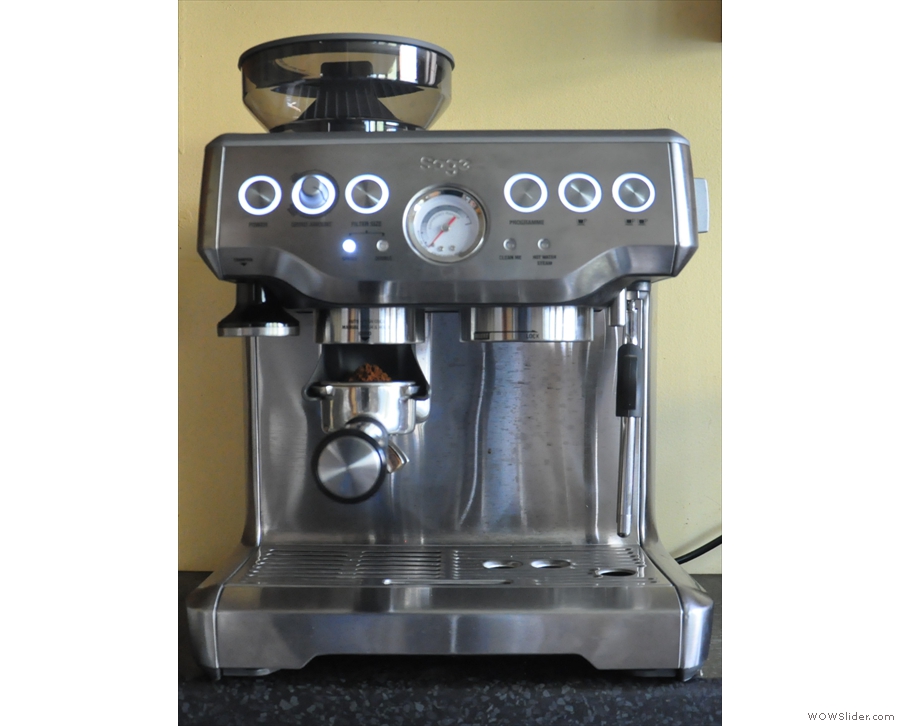
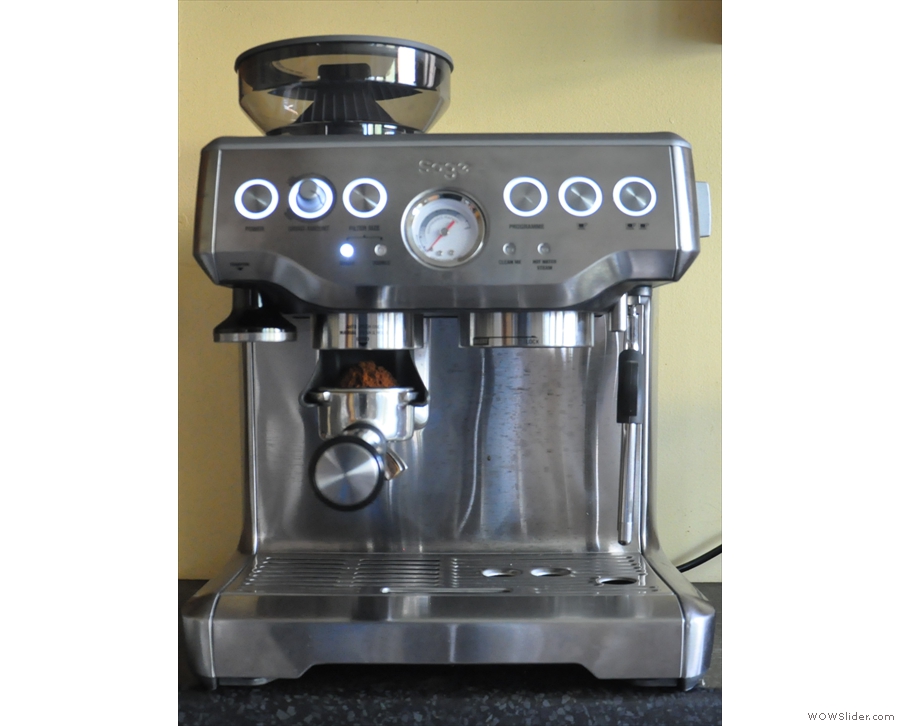

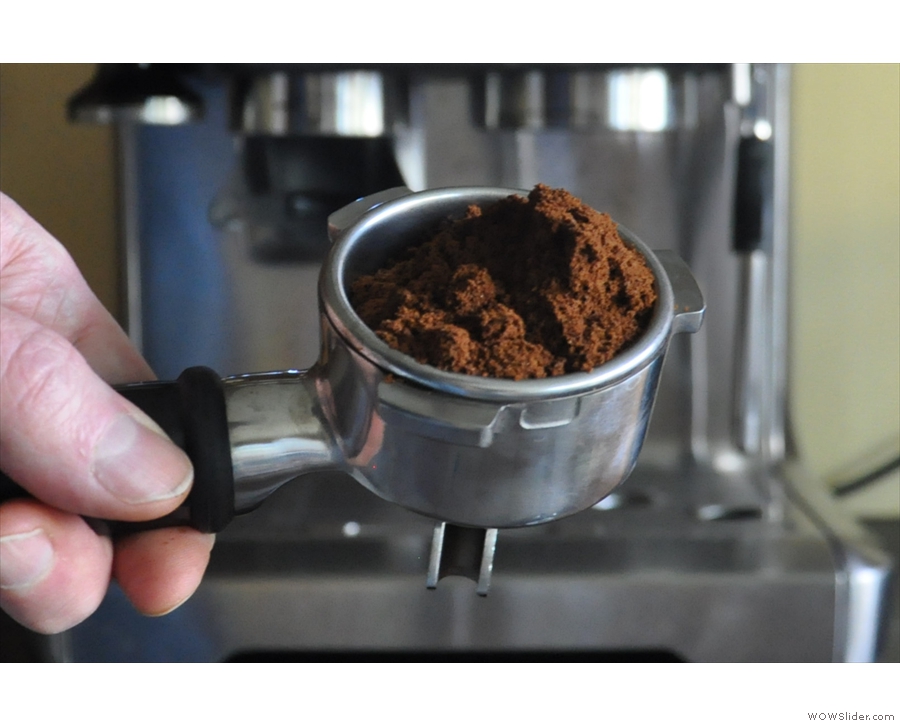
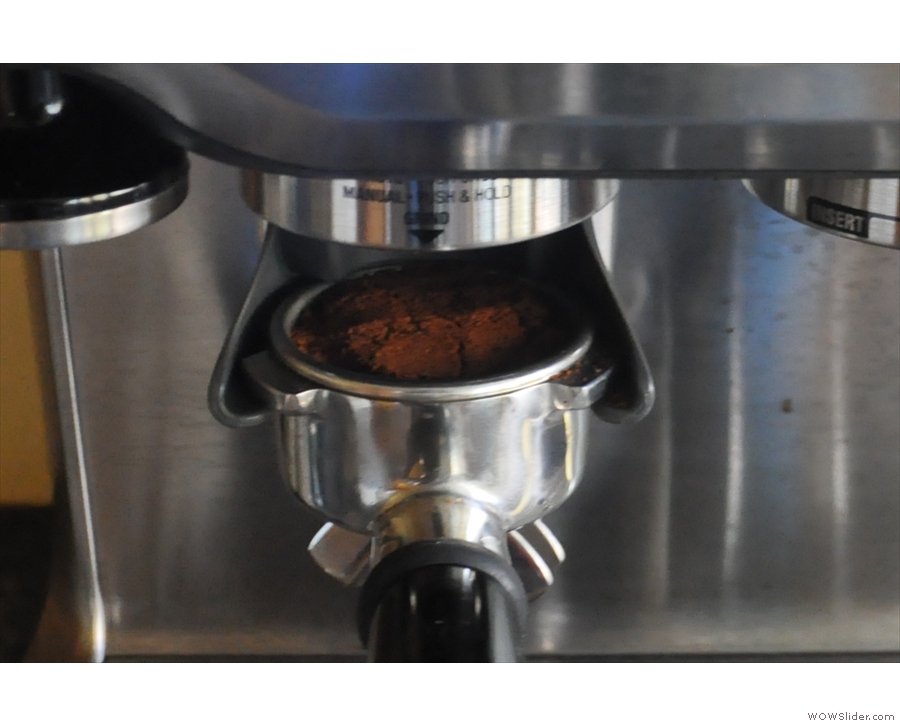
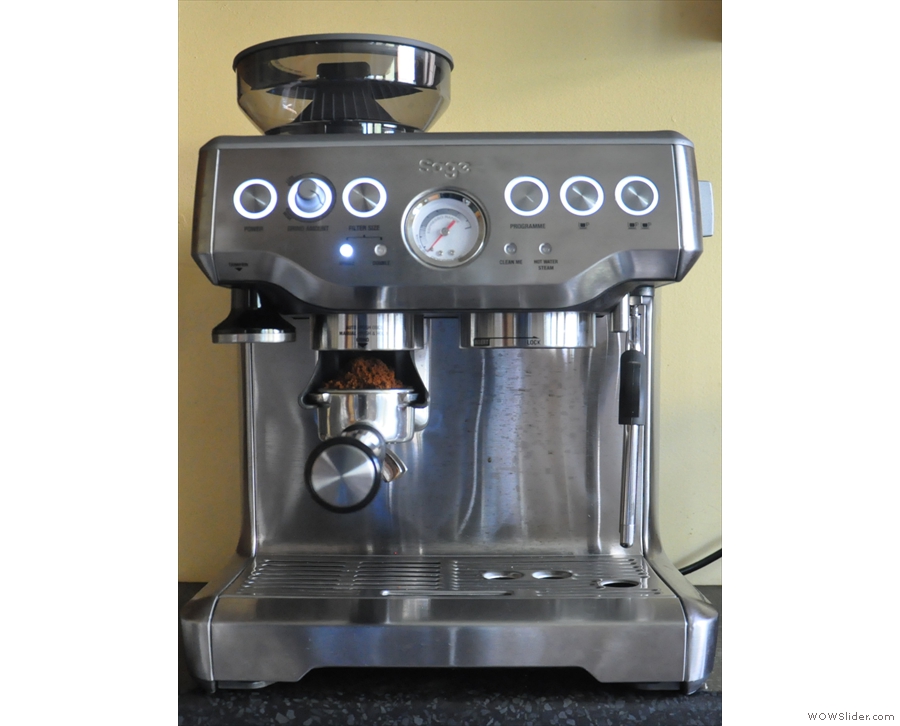


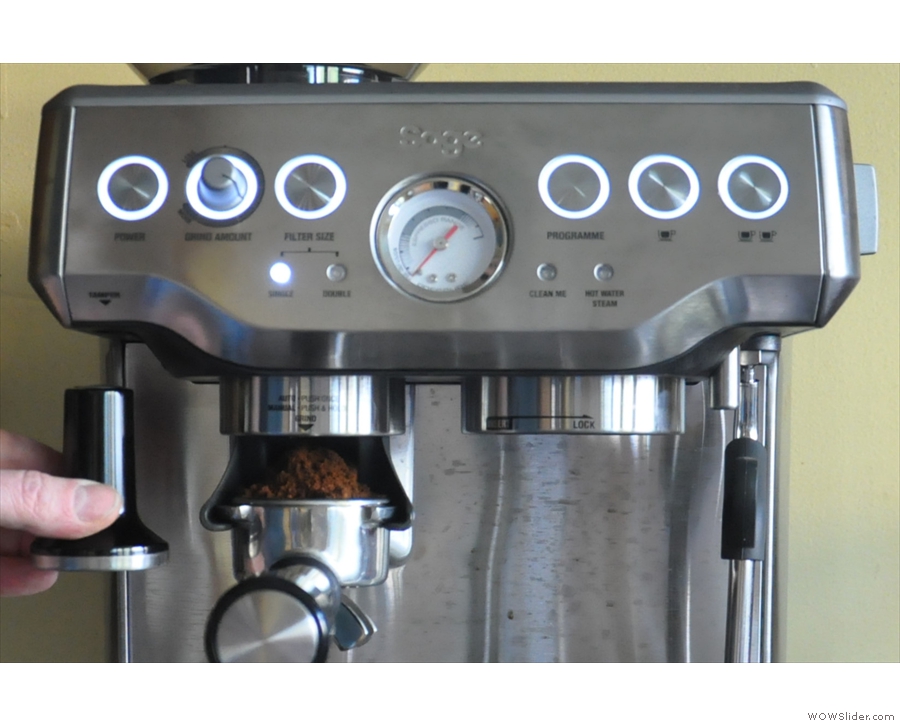
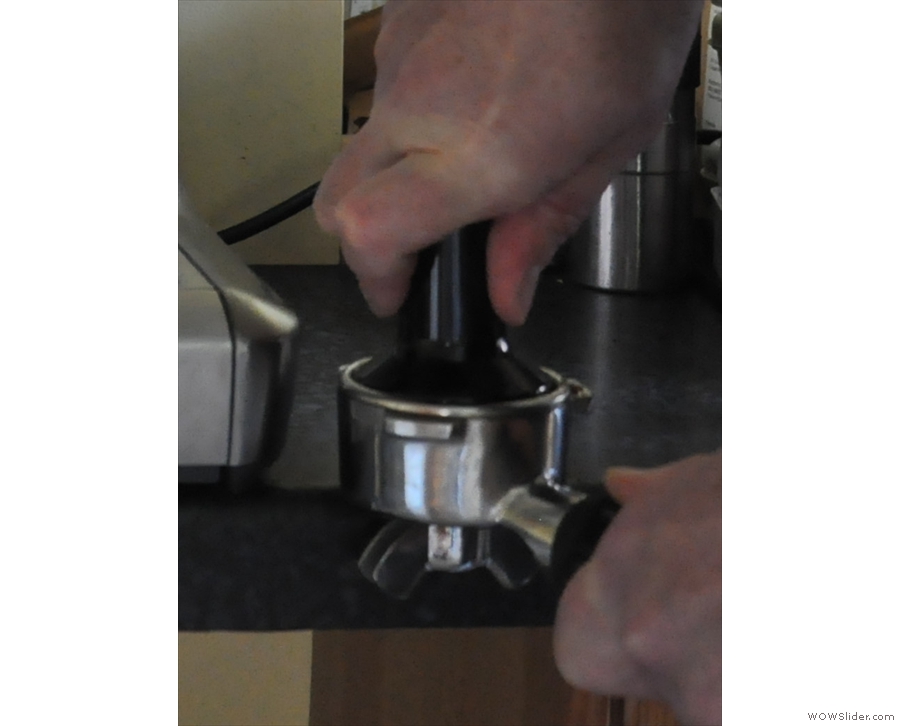
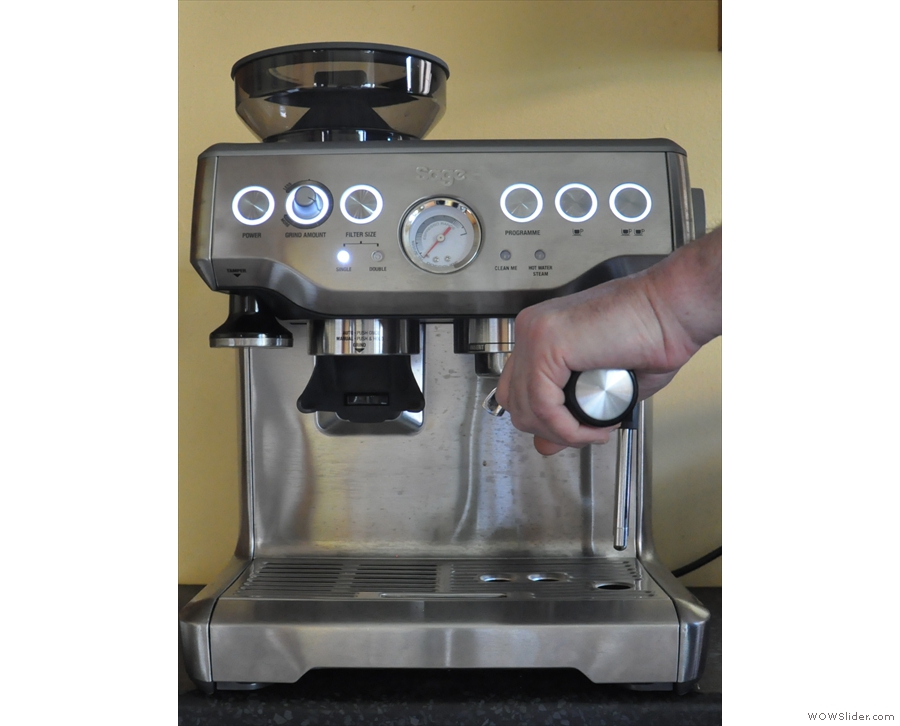

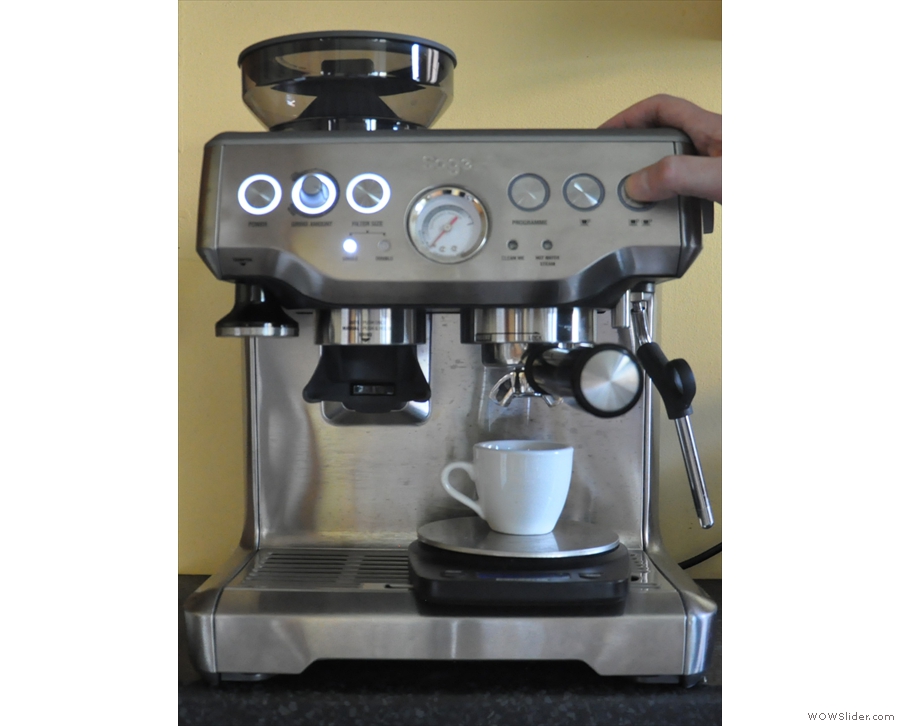


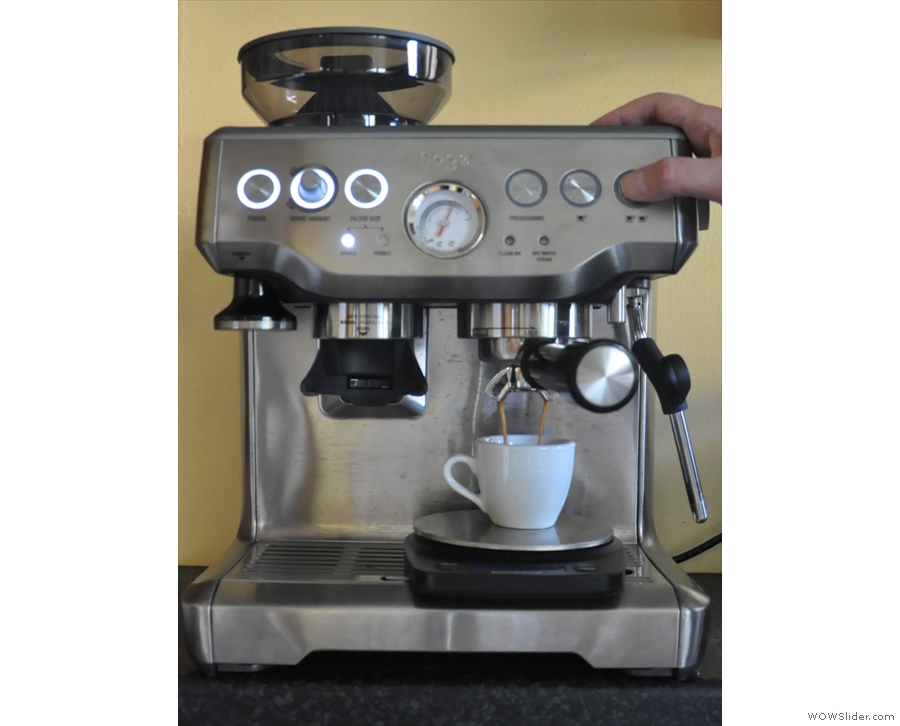


 1
1 2
2 3
3 4
4 5
5 6
6 7
7 8
8 9
9 10
10 11
11 12
12 13
13 14
14 15
15 16
16 17
17 18
18 19
19 20
20 21
21 22
22
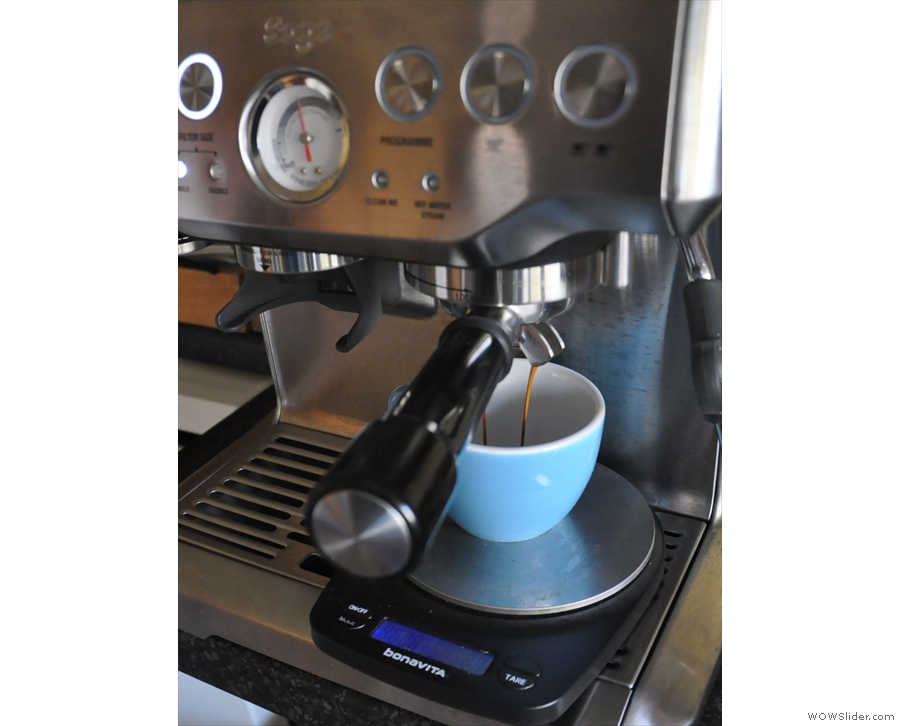
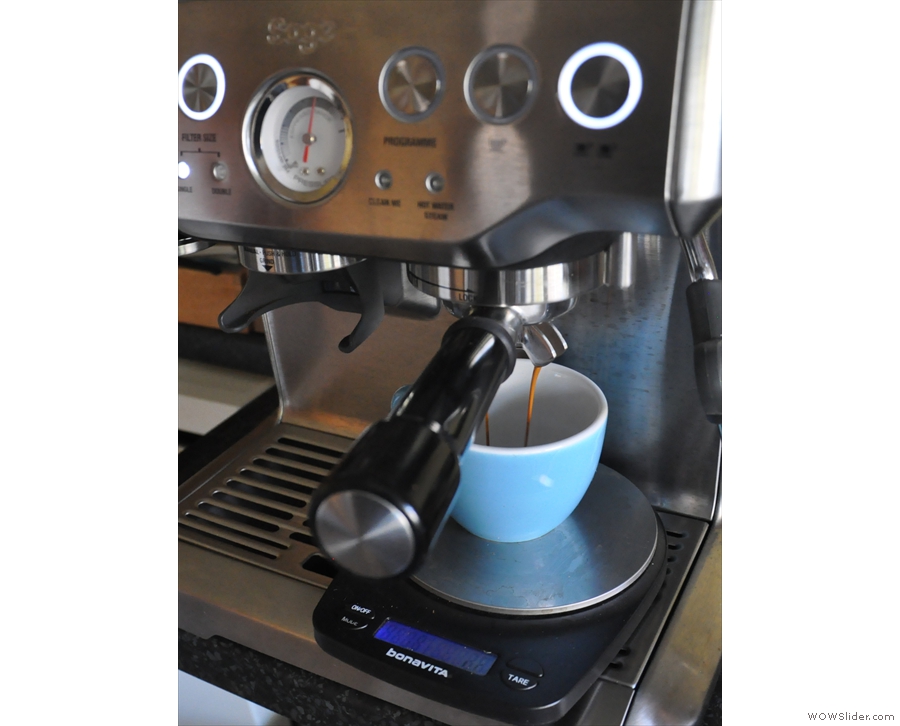


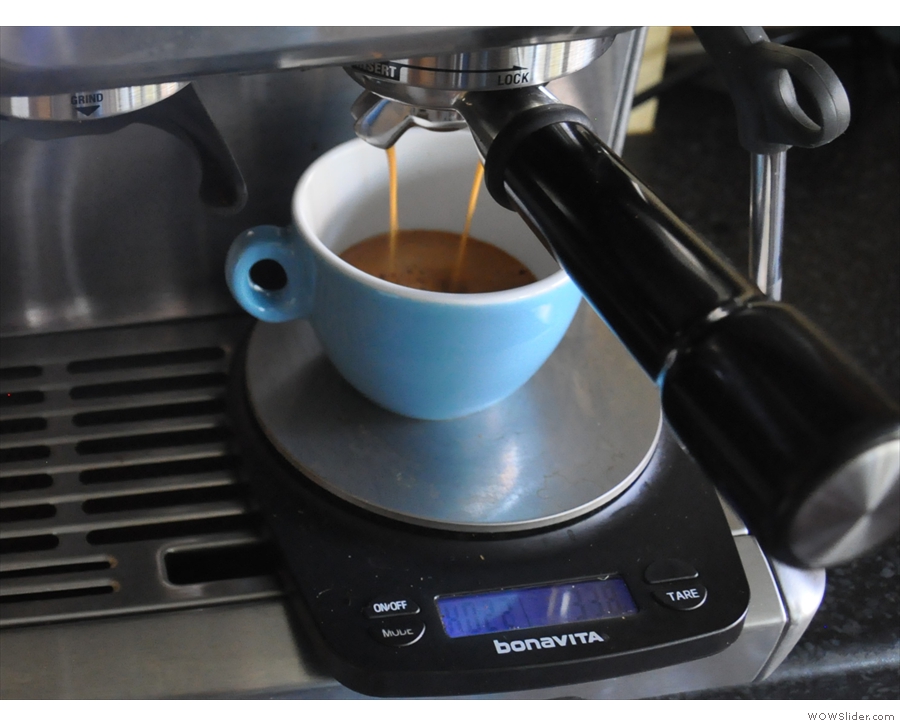
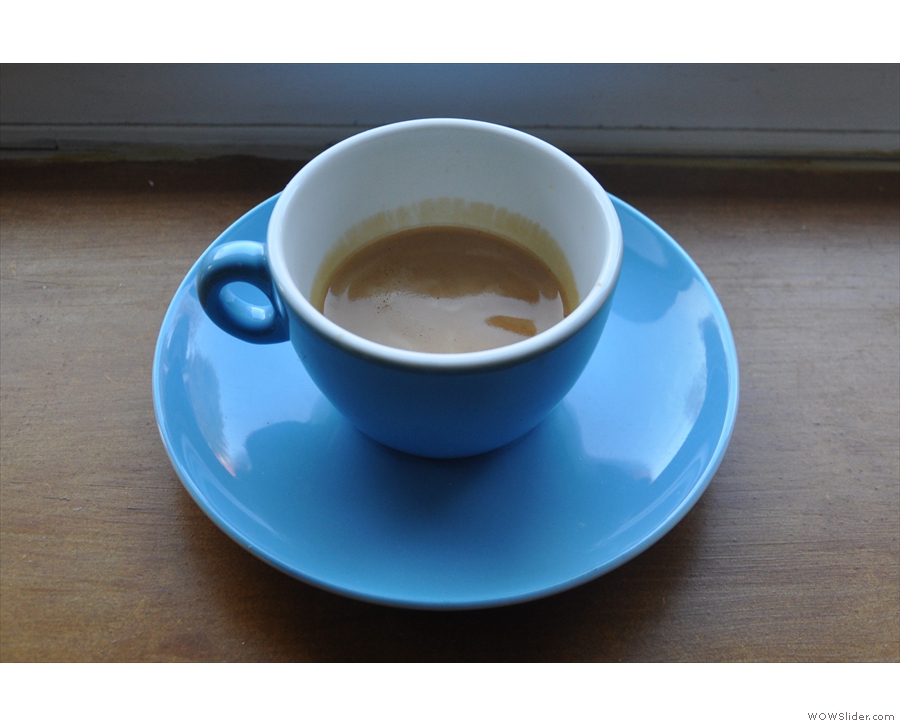
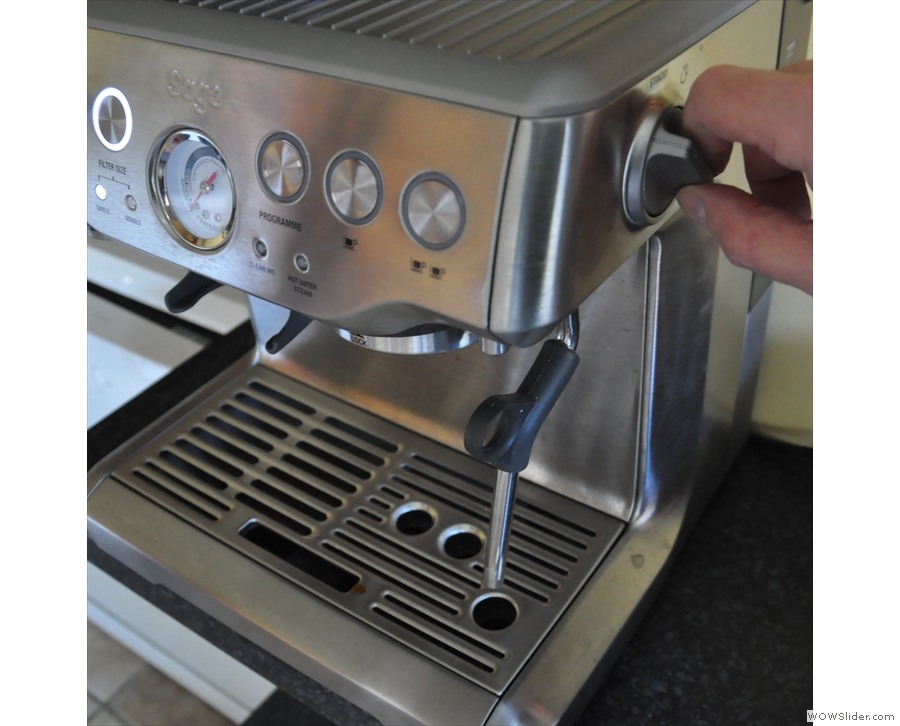



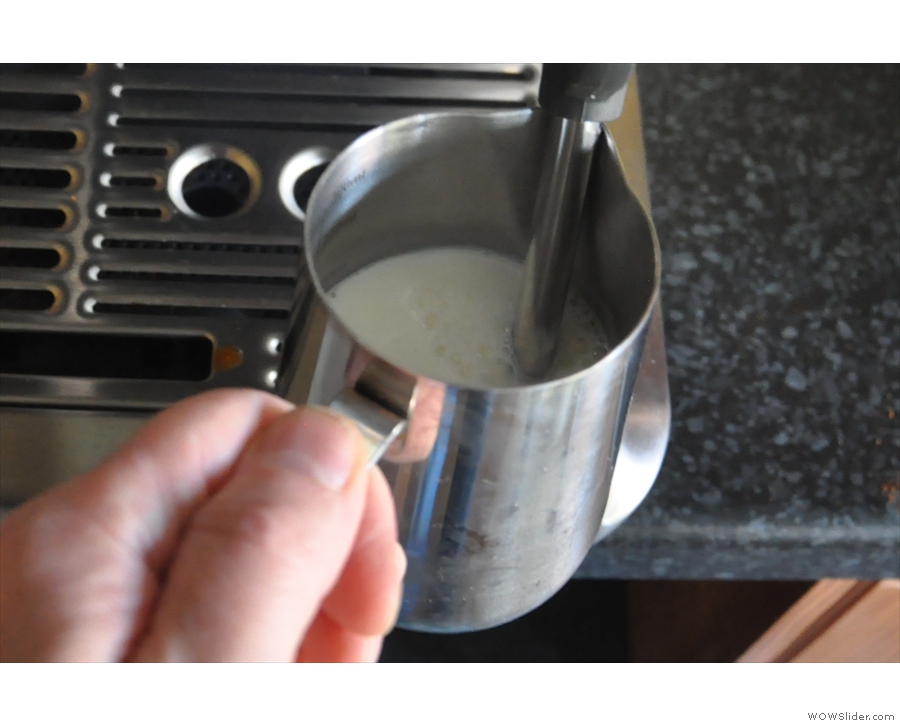
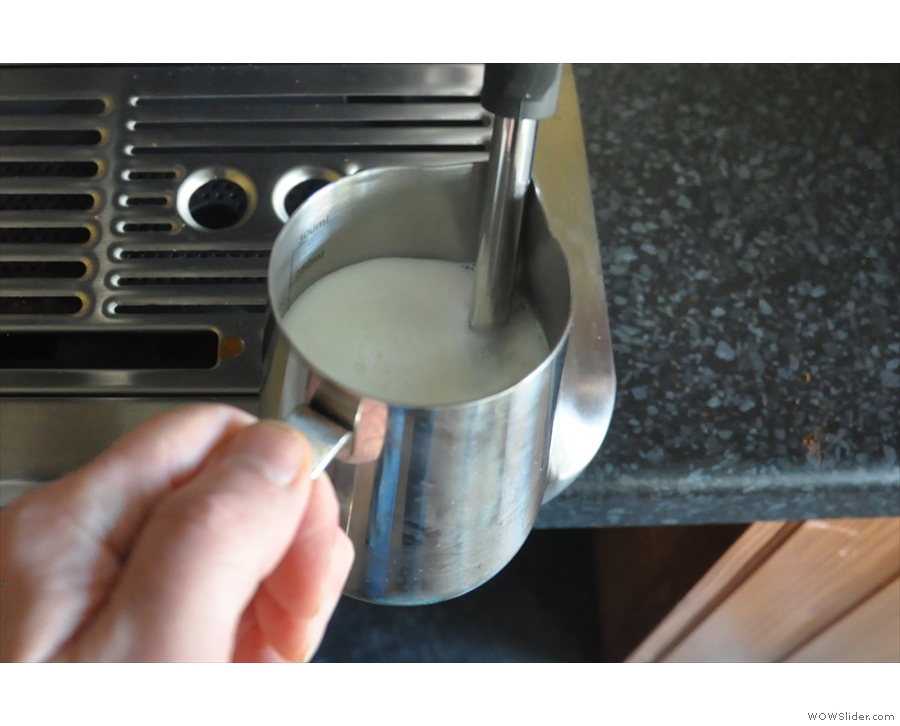
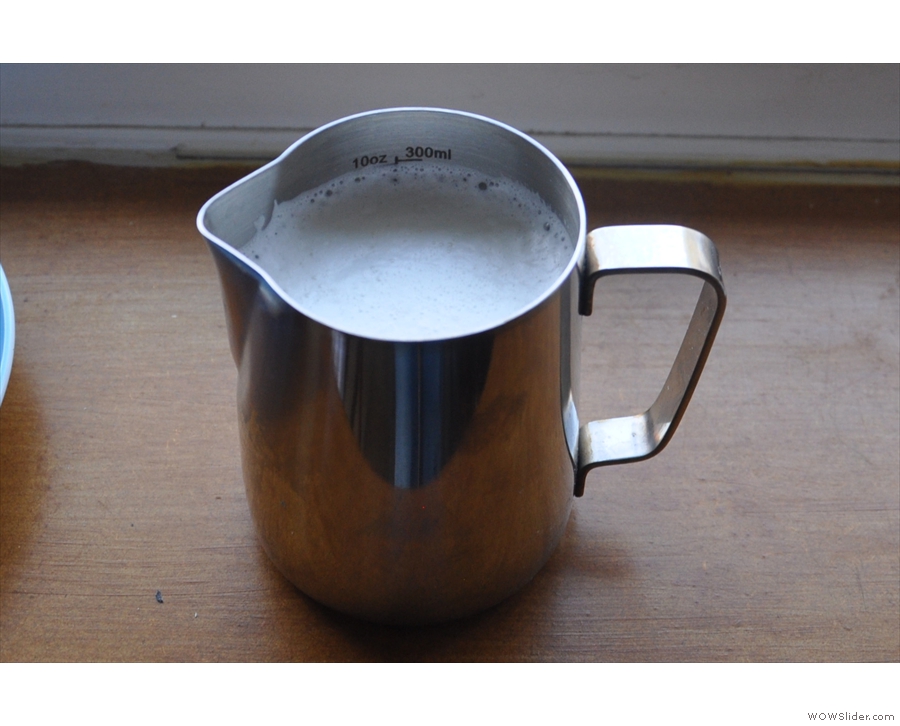
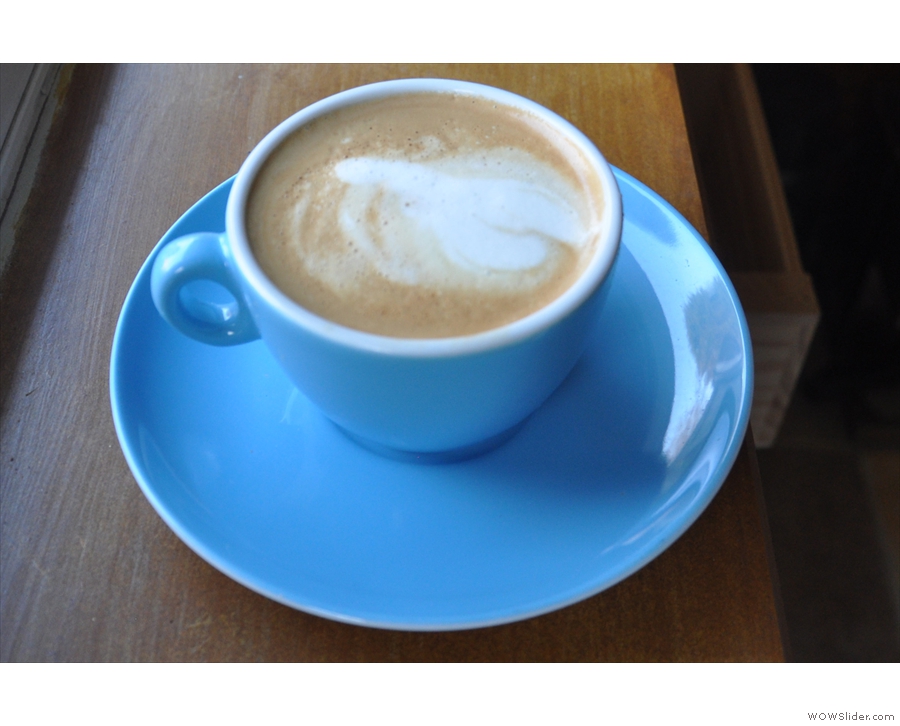
 1
1 2
2 3
3 4
4 5
5 6
6 7
7 8
8 9
9 10
10 11
11 12
12 13
13 14
14 15
15